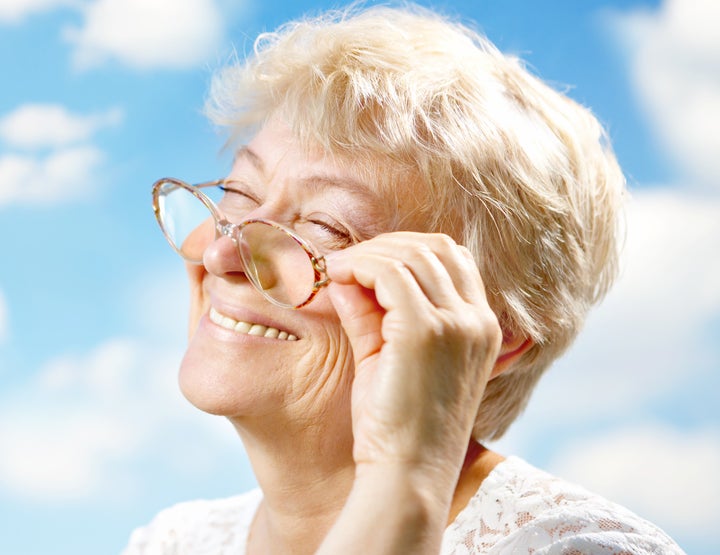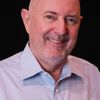
What would that be like in our world if a new paradigm existed for aging?
A paradigm that actually gives practical tools towards reversing the common road our bodies walk as we get older. We see all around us that to age is to decline. The baby boomers, about 70 million of us are starting to challenge and redefine this concept. Many of us are saying that we baby boomers over the next ten to twenty years in particular, are redefining all the concepts around how we age and how we look at aging. It is a pressing conversation as life spans increase all around the world.
To begin let me lay a foundation. There are basic concepts we can all understand contained in my class, Cranial Psychotherapy for Longevity, Reversal of the Aging Process. These concepts are well supported by the current research and medical technology devoted to what is loosely called the ‘anti-aging movement.’ They can help us situate and poise ourselves in the exploration of new possibilities.
The first is ‘chronological aging,’ or as my Russian friends say, ‘our passport age.’ This is how we are actually old in terms of our official age. The other is ‘biological aging.’ The latter refers to our body and its response to wear and tear and puts us in touch with the place we actually are in the aging process. If you have ever met someone who looks younger than they are, it means their biological age is less than their chronological age. And when you meet someone that looks older than they are (you probably will not tell them they look this way,) it means there is more wear and tear on their body. Their biological age is more than their chronological age.
Some actually look their age. This means their chronological and biological ages are the same. These two identifications can help make distinctions when we look at the aging process, how it can be maintained and indeed, even reversed.
Mary Pfeiffer, a social researcher in the Midwest, defined a couple terms I find very helpful, in fact I use them frequently. She calls people that are 60 years or older either young-old or old-old. This is a subtle way of naming where our older generations are in relation to the aging process.
For example, a young-old person in their 70s or 80s is one who is very vital. They may be out exercising and definitely have a full life. They are using very few if any medications. Those in the same age group named old-old would be more medically complex. Most have a multitude of medications and symptoms.
This allows us to look past the chronological age as the landing point. When we shift to looking at family, friends, ourselves and our world solely according to passport age, we open a new set of questions and answers around what it means to be vibrant, fit and live a long healthy life.
I have been fascinated by the research of Dan Buettner. He wished to survey those living around the world who were living healthy older lives and find out what they all had in common. Check out his results which he calls Blue Zones: www.bluezones.com. and if you have a moment, check out his interview with Dr. Oz!
The answers to these questions let us identify factors contributing to how fast we age or not. We can also look at how do we create a quality of life that addresses both normal aging and pathological aging. A good question to ponder until our next article would be, ‘What does normal aging mean to you?’ We will cover that one more deeply next time.
